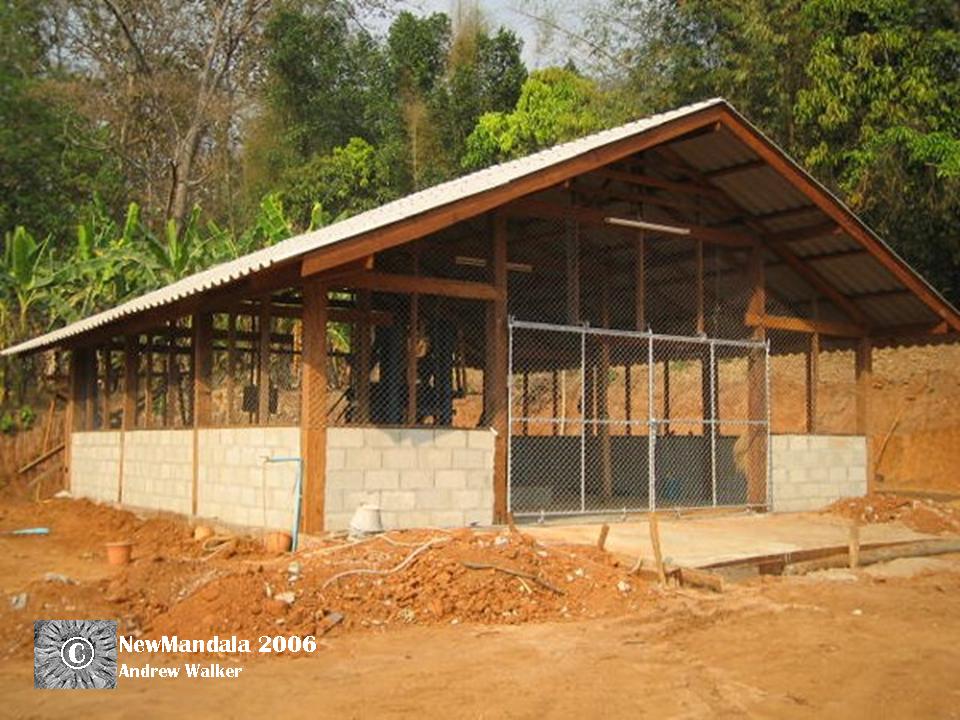Last Friday, in return for a very tasty Vietnamese lunch, I made a presentation to one of Canberra’s international consulting firms. This is one of the firms that is contracted by AusAID (and others) to implement international development projects. My presentation was about local perspectives on “projects” based on work I have been doing in northern Thailand. I am interested in understanding the local Thai preoccupation with projects (krongkaan) in their diverse forms. I have a lot to say about this, and will provide further details in future posts, but here is a brief extract as a start. Comments and suggestions from others caught up in the world of krongkaan are very welcome!
The local Thai sense of “the collective” (suan huam) can be largely understood in terms of the numerous projects (krongkaan) that appear to be the key preoccupation of village politics. These krongkaan are usually local initiatives aimed at mobilising funds for local development activities and are typically justified in terms of their collective character. During the period I have been working the village I have become aware of a large number of these projects. Here is a sample: the community shop, the wood carving project, the music group, a community rice mill, support for children with disabilities, lighting for public events, construction of visitor facilities in the nearby national park, a new concrete pavilion for the village territorial spirit, the handicraft centre, uniforms for the women’s group to wear on public occasions, new stoves for the temple kitchen, a village history project, dolomite for the paddy fields, funds for the leaders of one of the irrigation groups to travel to the irrigation office to request further funds for renovation of the irrigation system, a toilet for the community shop, the banana group, the proposed village cultural centre and the community rice mill. These are communal projects; they are regularly referred to as suan huam activities that provide for generalised benefit (prayort). The word “community” (chumchon) is sometimes deployed to make them attractive to potential donors in the government and non-government sectors. But it is crucially important to note that these suan huam projects bring together quite specific coalitions of interests and are the focus of ongoing conflict within the village about the allocation of resources and the distribution of benefits. Most projects are subjected to withering criticism and gossip–including regular allegations of financial mismanagement and misappropriation–by those who support other elements of collective activity.
Here is a good example of one of these projects – the “community rice mill.” The subtle nature of this “community” became evident to me as it became clear that the rice mill was set up to undercut the prices set by the three existing rice mills already established in the village. The symbolism of community is a potent weapon in localised economic and political struggles.
 Facebook
Facebook  Twitter
Twitter  Soundcloud
Soundcloud  Youtube
Youtube  Rss
Rss 